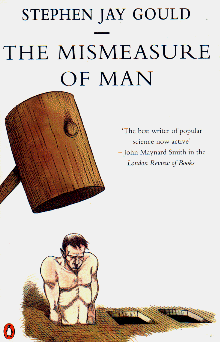 a response to “Mismeasuring the Humanities” by David Laurence on the Modern Language Association, Office of Research’s new blog “The Trend”:
a response to “Mismeasuring the Humanities” by David Laurence on the Modern Language Association, Office of Research’s new blog “The Trend”:
I’m puzzled why US enrollment numbers, however interpreted, would be considered an adequate index of the state of the “humanities.” This seems to me a case of the “streetlight effect”, orienting inquiry around what happens to be easily observable; and the type of narrow, quantifying approach I’d hope humanists would try to put in a broader and deeper context. I might also ask why we’d equate “the humanities” with US humanities academia, which is only a portion, probably diminishing in share, of the whole picture.
Taking a historical view, Geoffrey Galt Harpham observes in The Humanities and the Dream of America (2011) that the institution of “humanities” so named is primarily a post-WWII US construction, and has been almost *constituted* by a perennial question of definition, of role, and a “crisis of rationale,” as Louis Menand called it. Michael Bérubé and other have similarly observed the apparent evergreen nature of the humanities’ withering; as the title of a documentary about US political consultants in Latin America put it, “Our Brand Is Crisis.”
That said, there are real reasons to ask if the “humanities,” as some complex of values and practices we may wish to sustain, is in real threat or decline today. But it’s a much more complex question than one of enrollment. I think we’d want to consider, for example, funding patterns: in 1979, federal science grants were 5 times those for humanities; by 2011, 200 times as great (cf. http://hvrd.me/11MYwbo); or that the White House announces policies for all public research through the office and terms of Science and Technology. Or what I think is a quite remarkable development, that the US is about to change immigration policy specifically to grant STEM (Scientific, Technical, Engineering, Medical) graduates greater access to US residency and citizenship.
We might look at the makeup of popular reading, even using mass corpus analysis like Google Ngram Viewer to compare across centuries; or we could analyze the content of presidential speeches, the Congressional record, or the last few decades of popular media as recorded in archives like Internet Archive. We might also wonder, as does the NY Times article quoting Russell Berman, what will be the effect of world economic/cultural/scholarly influence shifting to East Asia: which has its own and emerging “humanities” traditions, possibly even ascending in importance.
In short, a good response to this latest questioning of the humanities, in my opinion, is not to reflexively state that they’ve valuable, or look only at the readily quantified, or look under the streetlights because it’s where we usually/easily see. It would be to demonstrate the ability to inquire far-sightedly into and integrate a wide set of perspectives and indicators, and not just circle wagons. Rather than accepting dominant frames, such as skills development or enrollment figures or graduate earnings — show how to tack against prevailing winds. In a world obsessed with capability and measurability, there’s all the more need for Keats‘ ‘negative capability’ of unbounded spirit/thought — which finds wider frames, and is ultimately the greatest human value.
—
Tim McCormick
@tmccormick tjm.org Palo Alto, CA
